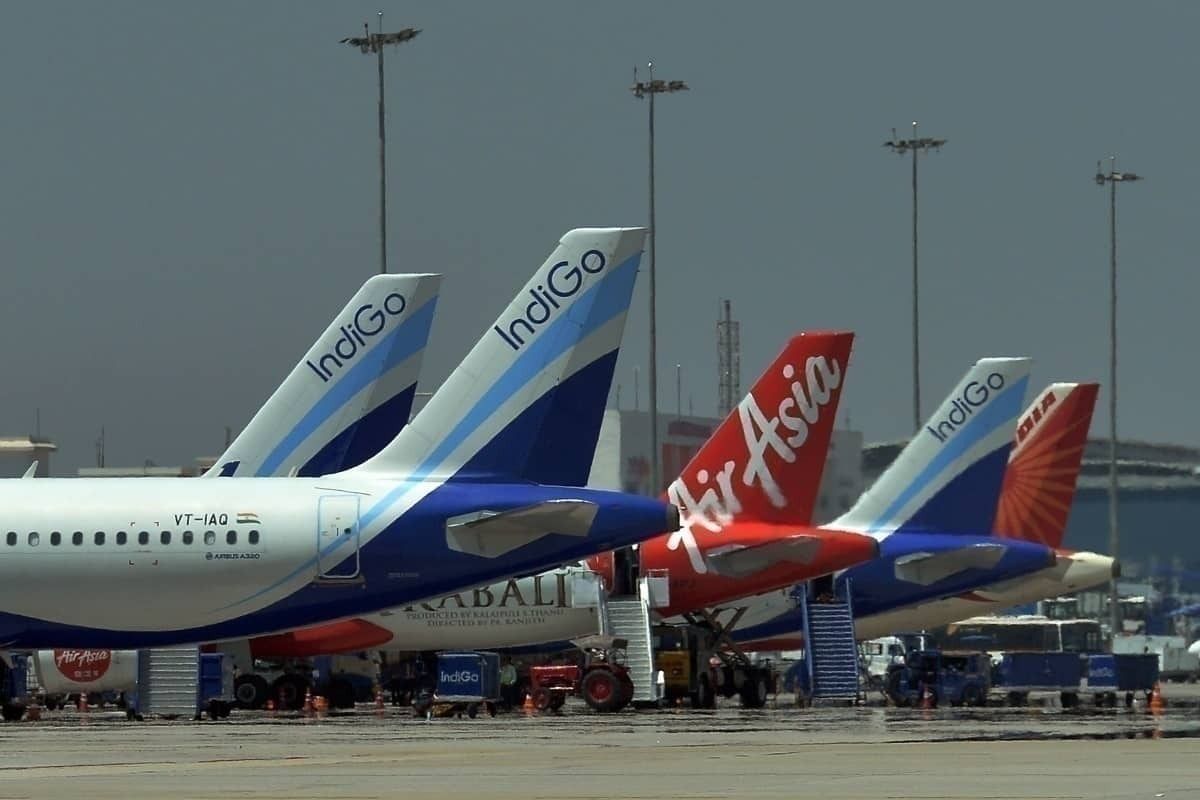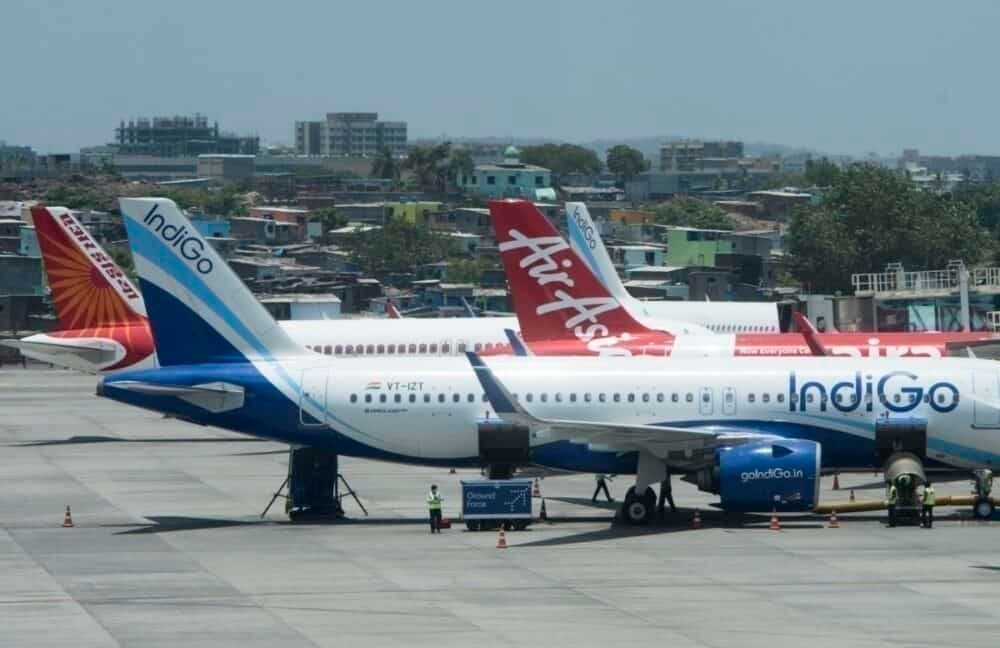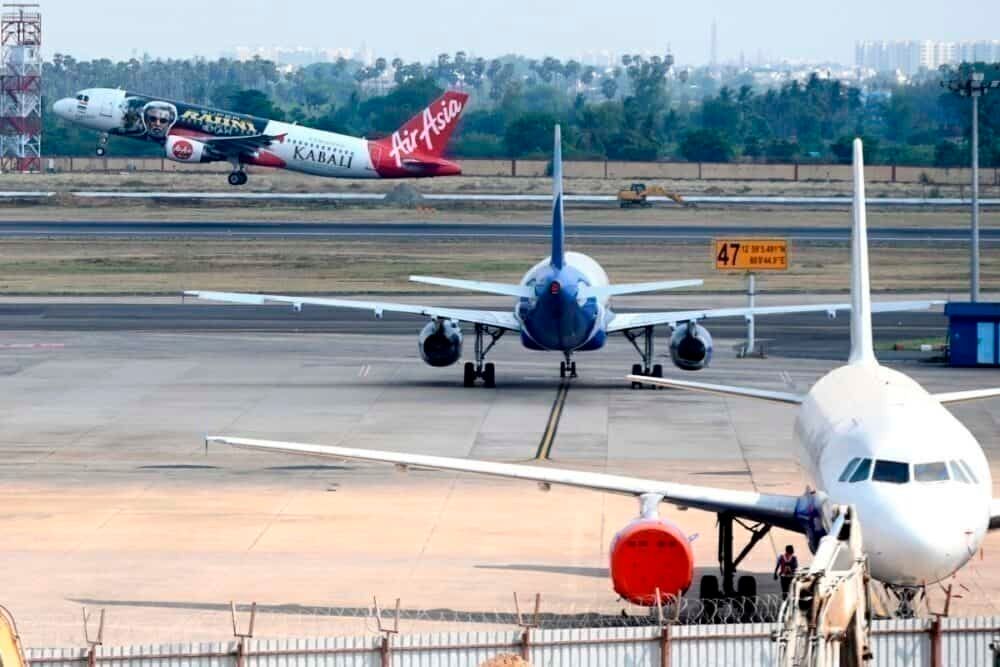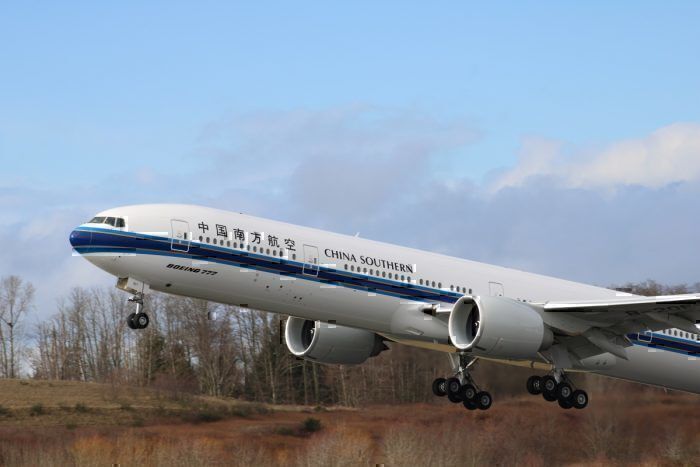After over a month of domestic flights back in the skies, we are getting a picture of India's aviation recovery. While there has been a steady uptick of activity, there is still a long way to go before reaching close to pre-pandemic levels. The limited domestic capacity and lack of international flights have also slowed the growth of daily passengers. However, it does seem travelers are willing to get out, even in the midst of the pandemic.
Domestic flights resume
India announced in late May that it would lift its ban on domestic flights, allowing air travel to restart for the first time in three months. Airlines were quick to capitalize on the months of pent-up demand, seeing large loads between key cities.
However, flights were proving to be a tricky situation from the start. Key airports, such as Mumbai, had limited capacity to a meager 50 flights, while others were instituting confusing entry requirements. Nevertheless, airlines were happy to see passengers back on board and the end of a months-long revenue drought.
Stay informed: Sign up for our daily aviation news digest.
On 1st July, India saw 71,471 passengers fly on domestic flights, a new high since flights resumed. On average, airlines are seeing between 50,000-70,000 passengers daily in the last few weeks. This does represent a rebound since airlines are only operating around 30% of their capacity. However, it doesn't mean planes are full.
Prior to the COVID-19 measures, in 2019, India was seeing around 395,000 daily passengers on average. This means India has only recovered to 18% of its pre-pandemic market size, showing a substantial loss is passenger numbers. But why is India struggling to increase its numbers?
Limited capacity
When airlines did restart flights in late May they were limited to only 33% of their capacities with price caps on tickets. This resulted in more full flights and limited connectivity on some routes, as airlines prioritized more profitable routes. However, the capacity limit isn't the only thing holding back airlines, demand is too.
Airlines are currently stuck at 20-25% of their capacity due to a sheer lack of demand from the market, according to an airline official speaking to Mint. Even when the government raised the capacity to 45%, airlines made little changes to their schedules.
Another issue airlines are facing is the limiting of capacity at some airports, such as Kolkata and Mumbai. Mumbai airport has only allowed a 100 daily flights, a far cry from the thousands it handled previously. This has meant airlines see little room to add flights to their network.
However, the primary reason for slowing demand is the substantial rise in daily cases of COVID-19. India is consistently recording over 18,000 cases a day, making it the fourth-worst hit country in the world. The risk of infection, which is particularly high in centers such as Delhi and Mumbai, has slowed passenger growth.
How are other countries stacking up?
While India's aviation rebound is going slower than many in the industry had hoped, it might be interesting to study the growth of other countries. Both the US and China have rebuilt significant parts of their flight network, after facing a substantial drop in passengers (although neither ordered a complete flight ban).
The US recently saw a record number of passengers flying since restriction came into place, with 500,000 crossing TSA checkpoints in a day, a number which it has since surpassed. The country has seen total passenger numbers recover quickly, going from 87,000 to over 600,000 in just two months. However, when compared to the same time last year, passenger numbers are still only around 25% of pre-pandemic levels.
China has seen a similar rebound in passengers, with domestic capacity seeing an impressive recovery. Domestic flights are at 71% capacity compared to last year, passenger numbers still remain low, with only 47% of passengers back in the air. China has been restrictive with international flights (causing tensions with the US), which has lowered total passenger numbers. However, the sheer number of flights China is operating and its swift recovery is one other countries hope to emulate.
India's current 18% passenger traffic is low, but is easily explained by the rising infection rate in the country. Compared to other countries, India does seem to be making a slow and steady recovery, but one which could take years.
What do you think about India's airline recovery? Would you take a domestic flight right now? Let us know in the comments.




